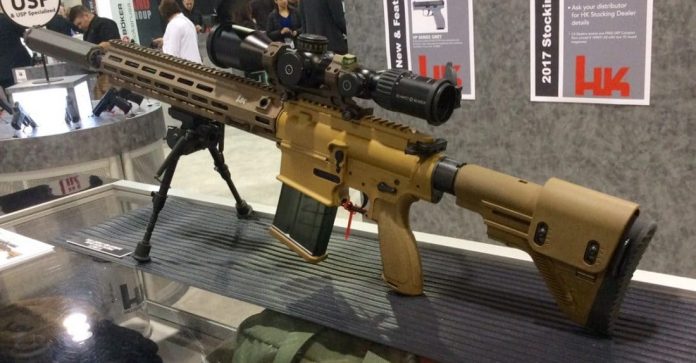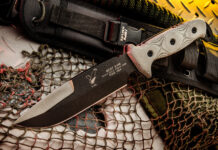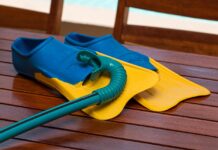
USSOCOM
The U.S. Military’s Special Operations Command NAVSEA Warfare Center Crane has published the results of an evaluation on the M-LOK rail system design by Magpul.
Naval Surface Warfare Center, Crane Division (NSWC Crane) conducted testing for the United States Special Operations Command (USSOCOM) to evaluate modular rail systems and provide a recommendation based on the performance characteristics of each system. Modular rail systems were evaluated for repeatability, endurance, rough handling, drop testing, and static failure load. Where possible, handguards manufactured in different modular rail systems, but otherwise identical, were used as a basis for a comparative analysis. All tested modular rail systems showed to be adequate for securing accessories during cyclic loading through endurance and rough handling testing. However, distinct performance differences were observed from repeatability, drop test, and failure load analysis. Overall, test and evaluation demonstrated that the M-LOKTM modular rail system surpassed the performance results achieved by other modular rail systems. In repeatability testing, M-LOKTM allowed for the repeated installation of the same accessory rail in the same location on a handguard with an average point of aim (POA) shift of 1.3 MOA, as low as one quarter the average POA shift observed by other modular rail systems. Drop test results demonstrated that M-LOKTM systems maintain securement of accessories to the handguard and sustain less damage from impact forces than some other modular rail systems. Failure load testing demonstrated that M-LOKTM systems support the highest load of all modular rail systems tested. In fact, the test equipment used to interface with 1913 accessory rails secured with the respective modular rail system across testing repeatedly failed prior to failure of the M-LOKTM attachment system. Even so, testing of the M-LOKTM systems failed at loads as high as over three times the maximum failure load of some other modular rail systems. NSWC Crane recommended to USSOCOM that the M-LOKTM modular rail system be utilized over the alternative systems tested. USSOCOM has chosen to incorporate the M-LOKTM modular rail system in acquisition efforts including the Suppressed Upper Receiver Group (SURG) and Advanced Sniper Rifle (ASR).
This along with the United States Marine Corps. announcing the Magpul PMag M3 Coyote as the winning magazine for its weapon systems has secured two huge victories for the company that started with a simple rubber device designed to pull a GI magazine from a mag pouch. In fact the PMag win is a 180 degree shift from the prohibition on the M2 magazines that came down when the M27 was introduced (the MOE/M2 PMags didn’t fit the European Magwell on the H&K M27 so having MOE/M2 magazines allowed for the M16/M4 would make it impossible for them to feed ammo to the M27).
This also confirms the why the M110A1 (pictured above) comes with a Geisselle designed M-LOK rail system instead of the legacy 1913 Picatinny. The military branches are keeping an eye on evolving technologies and integrating excellent designs. This is a welcome change from the historical ponderous nature of upgrading ordnance technologies.
Great job Magpul!
This also solves the dilemma of what handguards will be going on a couple of firearms I have.



